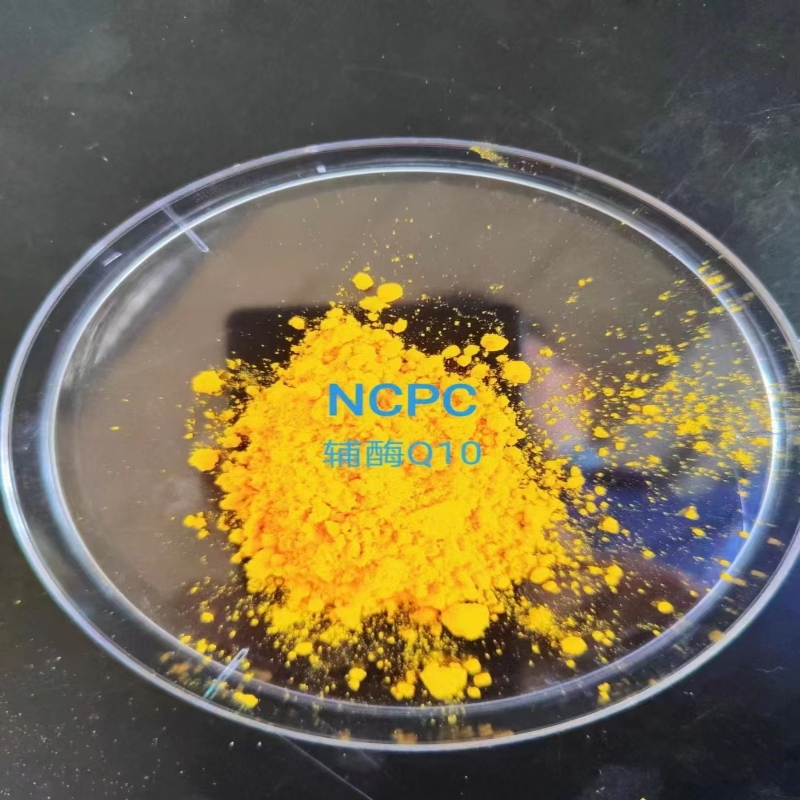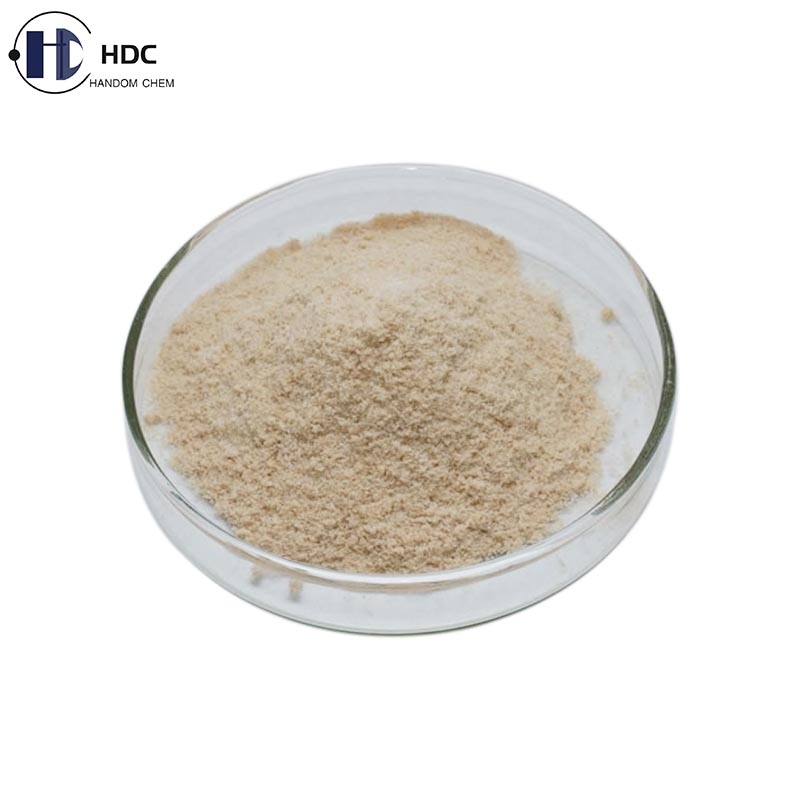Progress in the modification of D-amino acid dehydrogenase and the synthesis of D-amino acid with high steric hindrance
-
Last Update: 2018-10-19
-
Source: Internet
-
Author: User
Search more information of high quality chemicals, good prices and reliable suppliers, visit
www.echemi.com
In addition to most functions of natural amino acids, non natural D-amino acids also have excellent properties which are not possessed by natural amino acids They are widely used in drug synthesis (medicine and pesticide), food, cosmetics, etc Using D-amino acid dehydrogenase, D-amino acid can be produced by reduction and ammoniation of ketone acid and ammonium salt However, D-amino acid dehydrogenase is rarely found in nature, and the most studied is a kind of meso diaminoheptanoate dehydrogenase (dapdh) Dapdh and its mutants can asymmetric reduce aminated 2-ketoacids to produce corresponding D-amino acids, such as D-valine, D-leucine, D-phenylalanine, etc However, dapdh is very difficult to act on some large sterically hindered 2-ketoacids, such as 3,3-dimethyl-2-oxobutyric acid, phenylglyoxylic acid and indole-3-pyruvate The team of biocatalysis and green chemical industry led by Zhu dunming and Wu Qiqing, researchers of Tianjin Institute of industrial biotechnology, Chinese Academy of Sciences, based on the previous research work (app lied and environmental microbiology 2012, app lied and environmental microbiology 2013 and ChemBioChem 2013), to explore the molecular mechanism of these enzymes and expand their application potential in the synthesis of D-amino acids A mutant w121l / h227i was obtained by semi rational design and saturated mutation of thermo philum's meso diaminoheptanate dehydrogenase (stdapdh) It not only showed excellent activity to the substrate of large steric 2-ketoacids, but also successfully synthesized corresponding D-amino acids (d-phenylglycine, D-TRYPTOPHAN, d-tert-leucine), and increased the specific activity to other structures of 2-ketoacids Through docking simulation, the substrate and wild-type and mutant molecules were docking, and it was found that the mutant substrate binding pocket was remolded, which not only can accommodate these large steric inhibitors, but also shorten the catalytic distance between the substrate and coenzyme, so that it can obtain the catalytic activity to the large steric inhibitors This result provides a basis for further remolding the substrate binding pocket and obtaining highly active D-amino acid dehydrogenase to synthesize more challenging D-amino acids Relevant research results have been published in catalysis science & technology The research work was supported by the National Natural Science Foundation of China (no.21778072), Tianjin Science and Technology Committee (15ptcysy00020 and 15ptgccx00060) Cheng Xinkuan, a doctoral student of Tianjin Institute of technology, is the first author of this paper
This article is an English version of an article which is originally in the Chinese language on echemi.com and is provided for information purposes only.
This website makes no representation or warranty of any kind, either expressed or implied, as to the accuracy, completeness ownership or reliability of
the article or any translations thereof. If you have any concerns or complaints relating to the article, please send an email, providing a detailed
description of the concern or complaint, to
service@echemi.com. A staff member will contact you within 5 working days. Once verified, infringing content
will be removed immediately.







